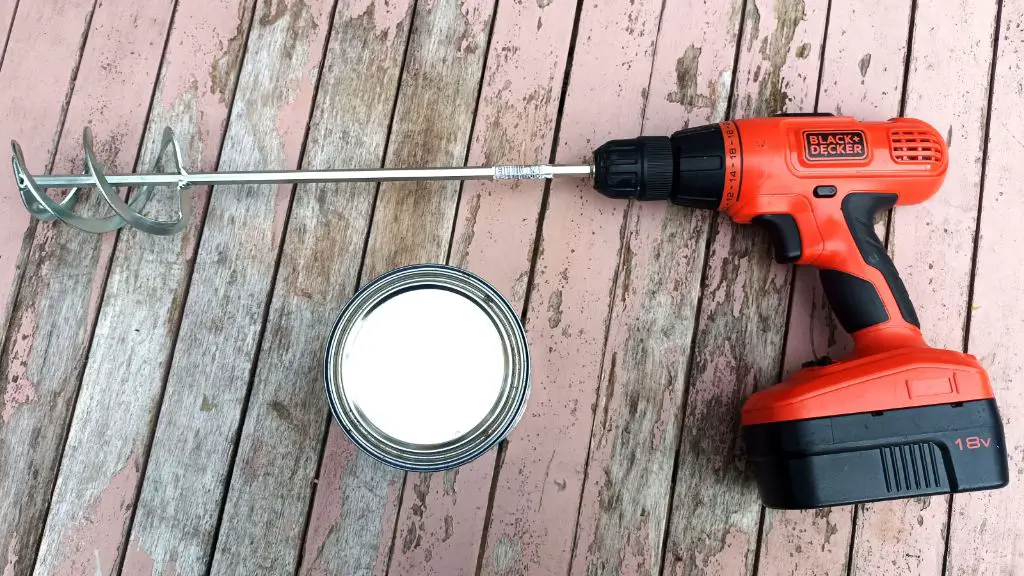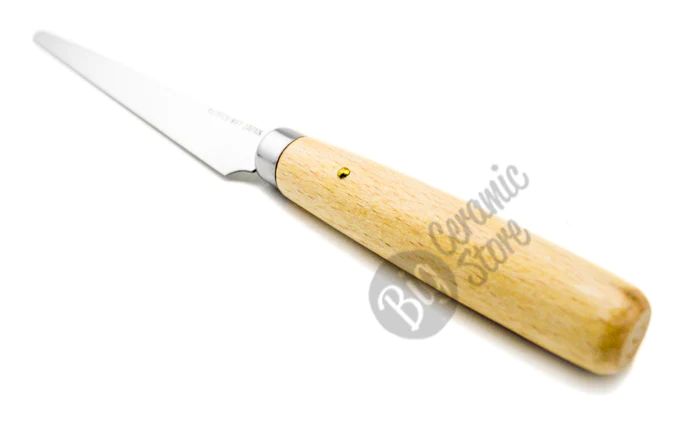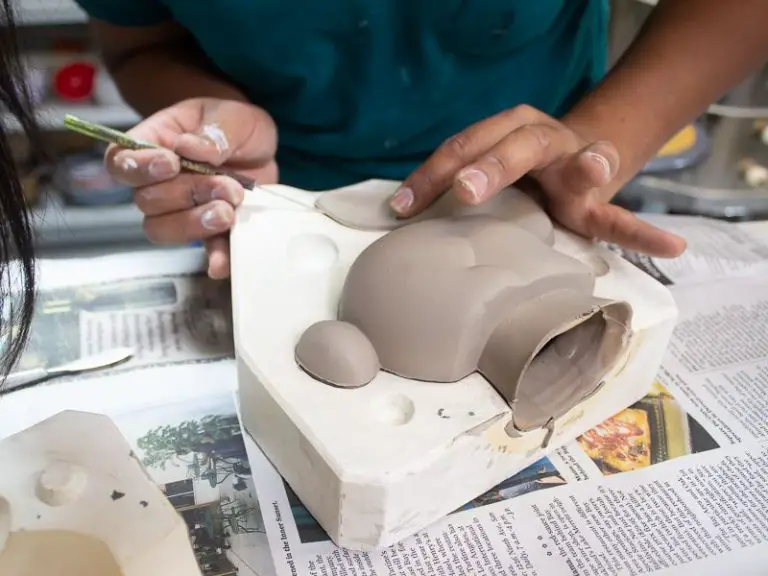What Drill Do You Use For Mixing?
Mixing is a crucial process in construction and DIY projects. Properly mixing materials like concrete, mortar, grout, and others helps achieve optimal consistency and workability. There are several types of mixing drills available for different applications:
Why You Need To Mix Your Concrete Properly
Hand mixers are lightweight and designed for mixing small batches by hand. Stand mixers offer hands-free mixing for larger batches using a motorized rotating attachment. Cordless drills attach to mixing paddles and provide portable powered mixing. Mortar mixers have rotating drums to mix mortar and concrete. Finally, concrete mixers are heavy-duty motorized drums that mix and transport large volumes of concrete.
Hand Mixers
Hand mixers are compact and affordable electric mixers designed for mixing, whipping, blending, and beating ingredients. They have a handheld motor base with beaters that spin, powered through an electrical cord plugged into an outlet. Hand mixers typically range from 5-9 speeds controlled by a dial or buttons on the handle. They are lightweight, easy to store, and suitable for most basic mixing tasks.
Hand mixers work well for blending wet ingredients, making batters and frostings, whipping cream, beating eggs, and mixing pancake or waffle batter. They can handle thin to medium viscosity mixtures. Some models include beaters designed specifically for whipping or kneading. However, hand mixers are not ideal for heavy mixing tasks like bread dough as they lack the power of stand mixers.
The pros of hand mixers are their affordability, small size, light weight, and simplicity. You can easily maneuver a hand mixer around a bowl with one hand. They take up little storage space and are inexpensive, ranging from $20-60. However, they are limited in functionality compared to stand mixers. The beaters can get tangled in thick batter. And without a stand, you have to hold the mixer steady. Hand mixers are best suited for quick, light mixing tasks rather than heavy dough kneading.
Stand Mixers
Stand mixers are countertop appliances designed for heavy mixing tasks like bread dough, cake batters, whipped cream, and more. They consist of a stationary motor housing containing the motor, gears, and controls, along with a removable bowl that fits onto the housing. The paddle attachments for mixing sit inside the bowl and connect to the motor drive at the top.
Stand mixers offer more power and capacity than hand mixers, with bowl sizes ranging from 4-8 quarts. They can knead stiff dough and whip heavy cream with ease. The motor and gears provide consistent speed even under heavy loads. Stand mixers are ideal for frequent and large batch baking, making bread dough, mixing cookie dough, whipping egg whites into peaks, and mixing cake batters. With all the attachments available, they can also grind meat, make pasta, juice fruits, and more.
Some key pros of stand mixers include:
- Powerful, consistent mixing even for thick batters and doughs (Femina)
- Large capacity bowls for batch cooking and baking
- Sturdy construction and stability during mixing
- Optional attachments like whisks, dough hooks, graters, etc.
- Hands-free mixing frees you up for other tasks
Some potential downsides are:
- Expensive, around $200-$600 depending on features (Tom’s Guide)
- Heavy and bulky, around 20+ pounds
- Noise during high speed mixing
- Not ideal for small batches or light mixing tasks
Cordless Drills
Cordless drills are a popular tool for DIYers and professionals to use for mixing thin materials like paint or joint compound. Many major power tool brands like Milwaukee, Dewalt, and Bosch offer cordless drill mixers. These tools allow you to attach a mixing paddle to the chuck of a standard cordless drill.
Cordless drill mixers work best for mixing small batches of thin or lightweight materials like paint, grout, thinset mortar, joint compound, and plaster. They don’t have enough power to properly mix heavy materials like concrete or mortar in large quantities.
Some pros of using a cordless drill for mixing are that they’re portable, versatile, easy to clean, and allow you to work without dragging a cord. However, they have limited torque and aren’t ideal for heavy-duty mixing jobs. The paddle attachment can also wear out or break more easily compared to a professional mixer.

Overall, a cordless drill mixer is a handy tool for small DIY projects, touch-ups, and mixing thin or lightweight materials. But for heavy mixing duties, you’ll want to use a more powerful stand mixer or dedicated mortar mixer.
Mortar Mixers
Mortar mixers are designed specifically for mixing mortar, thinset, grout, plaster, and small batches of concrete or stucco. They have a rotating drum with fixed paddles inside which efficiently mix viscous materials. Mortar mixers come in different sizes from small portable units to larger trailer-mounted models.
The main advantages of mortar mixers are:
- They can mix thick, stiff mixtures very efficiently unlike stand or hand mixers.
- Portable mortar mixers allow you to bring the mixer to the job site.
- They are ideal for small concrete and masonry jobs.
Some drawbacks of mortar mixers include:
- Limited batch size compared to concrete mixers.
- Not suitable for large concrete jobs or very fluid mixes.
- Moving and cleaning a mortar mixer can be difficult.
Mortar mixers are best for mixing mortar, thinset, grout, plaster, and small batches of concrete for masonry, bricklaying, tile setting, and similar jobs (The Ultimate Mortar Mixer Buying Guide for Construction Pros, 2022). Their paddles handle stiff, thick mixes better than other types of mixers. Mortar mixers allow mixing right at the job site for small projects.
Concrete Mixers
Concrete mixers blend together cement, sand, gravel, and water to create concrete. They are commonly found on construction sites and for concrete deliveries to pouring sites. These mixers use a rotating drum or paddles to properly mix all the ingredients together. Concrete mixers come in different sizes, portable and stationary models, as well as electric, gas, hydraulically powered, and manual versions.
Concrete mixers work well for mixing and pouring concrete for foundations, slabs, footers, walls, and various concrete structures and projects. They allow you to mix on site for more accurate amounts needed and reduce wastage. Concrete mixers are especially useful for larger pours that require multiple loads.
Some key pros of concrete mixers include:
– Ability to quickly and efficiently mix concrete on demand (https://todayshomeowner.com/concrete/guides/when-do-you-need-a-concrete-mixer/)
Some potential cons to consider include:
– Larger models can be heavy and difficult to transport (https://antecconcrete.com.au/volumetric-concrete-mixer-pros-and-cons/)
Overall, concrete mixers provide versatility for mixing concrete when and where you need it for a variety of construction projects.
Choosing the Right Mixer
There are several factors to consider when selecting the right mixer for your needs:
Budget – Mixers range widely in price from less than $100 for basic hand mixers to thousands for commercial grade stand mixers. Determine how much you can spend. Concrete mixers and mortar mixers will be the most expensive.
Frequency of use – If you only need to mix occasionally, a hand mixer will suffice. For frequent mixing, consider a more heavy duty stand mixer. Commercial projects require concrete mixers.
Mixing load size – Hand mixers can handle a few cups to 1-2 quarts. Stand mixers work for 2-10 quarts. For larger batches, concrete mixers can mix up to 90 cubic feet.
Speed settings – Make sure the mixer can mix at the appropriate speed for your recipes – slow for doughs, high for whipping. Variable speed is ideal.
Intended use – Know what types of mixing tasks you will use it for. Mixers meant for light mixing won’t handle heavy doughs or batches well.
Portability – Hand mixers are very portable. Stand mixers are heavy. Concrete mixers are truck mounted. Assess if the mixer needs to move around your kitchen or work site.
Accessories – Many stand mixers come with accessories like dough hooks, beaters, and whisks. Select accessories that suit your needs.
Power – Hand and stand mixers should have at least 200 watts of power. Concrete mixers need much higher concrete-mixing power and torque.
Safety features – Look for safety features like non-slip feet, protective grates, insulated bodies, and automatic shut-off.
By evaluating these factors, you can determine what mixer is best suited for your requirements and budget. Consulting reviews can also help narrow your selection.
According to DirectIndustry, the capacity in cubic meters or yards, mobility, engine power, and drum type should be considered for concrete mixers specifically.
Mixer Safety
When using any power tool, safety should always be the top priority. Mixing drills, whether handheld or standalone, can cause serious injury if not used properly. It’s important to follow safety guidelines and best practices to prevent accidents.
Some key tips for safely operating a mixing drill include:
- Wear protective gear like safety goggles, gloves, and steel-toe boots. Tie back long hair.
- Read the instruction manual thoroughly and follow all warnings.
- Check that all safety guards are in place before turning on the drill.
- Make sure the mixing attachment is securely tightened before starting.
- Unplug the drill when changing attachments or making adjustments.
- Keep hands away from moving parts and don’t wear loose clothing that could get caught.
- Turn off and unplug the drill before leaving it unattended.
- Don’t use damaged electrical cords or drills with faulty switches.
- Operate drills in well-ventilated areas to avoid inhaling dust.
- Support the full weight of the drill during use to maintain control.
- Regularly inspect drills for issues and perform maintenance as needed.
Following proper procedures and exercising caution is key to preventing injuries when using mixing drills. Don’t take shortcuts – take the time to use the drill safely. More tips can be found at this reference: Hand Drill with Mixer Attachment Safety Guidelines.
Maintenance
Proper maintenance is crucial for keeping mixing drills in good working order. Here are some tips for cleaning and maintaining your mixer:
Clean the mixer drum and paddles daily. Allowing concrete to dry and build up will make cleaning more difficult and lead to damage over time. Spray the inside of the drum with water after each use to remove residue (Source: https://gulfatlanticequipment.com/concrete-mixer-service-maintenance-tips/).
Inspect paddles and scraper blades weekly. Look for excessive wear or cracks and replace as needed. Damaged paddles will not properly mix concrete (Source: https://batchcrete.net.au/5-maintenance-tips-for-concrete-mixer/).
Lubricate drum roller bearings monthly. Keeping bearings greased will prevent seizing and extend the life of your mixer (Source: https://www.atwildeplantparts.co.uk/blog/how-maintain-concrete-mixer).
Check drive belts and tighten if needed. Loose belts can slip and fail to provide power to turn the drum. Tighten belts per the manufacturer’s instructions.
Wipe down the motor to prevent corrosion and inspect for damage. Look for leaks, loose wiring or other issues that could impact performance.
Replace seals and gaskets as they wear out to prevent leaks. Catching leaks early will help prevent damage to the mixer.
Following routine maintenance procedures will keep your concrete mixer running smoothly for years to come.
Conclusion
The choice of which mixer to use depends on several factors, including the type of mixing job, batch size, frequency of use, and budget. For small mixing jobs in the home, a hand or stand mixer is ideal. Larger construction projects call for heavy-duty tools like concrete mixers and mortar mixers. When selecting a mixer, consider power, capacity, attachments, and safety features.
Key takeaways include:
-
Hand mixers are portable, affordable options good for mixing batters and doughs.
-
Stand mixers have more power and larger bowls suitable for heavy mixing tasks like bread dough.
-
Cordless drills with mixing attachments provide versatility for occasional mixing.
-
Mortar mixers blend mortar and concrete mixes for masonry work.
-
Concrete mixers handle large volumes of concrete for construction.
-
Match the mixer to the mixing job based on capacity, power, and features.
-
Follow all safety precautions provided with the mixer.
-
Proper maintenance and cleaning extends a mixer’s life.
With the right mixer for your needs, you can achieve optimal mixing results whether baking a cake or pouring a driveway.



